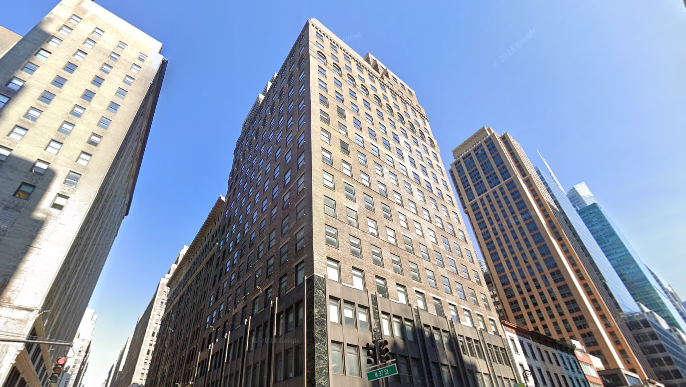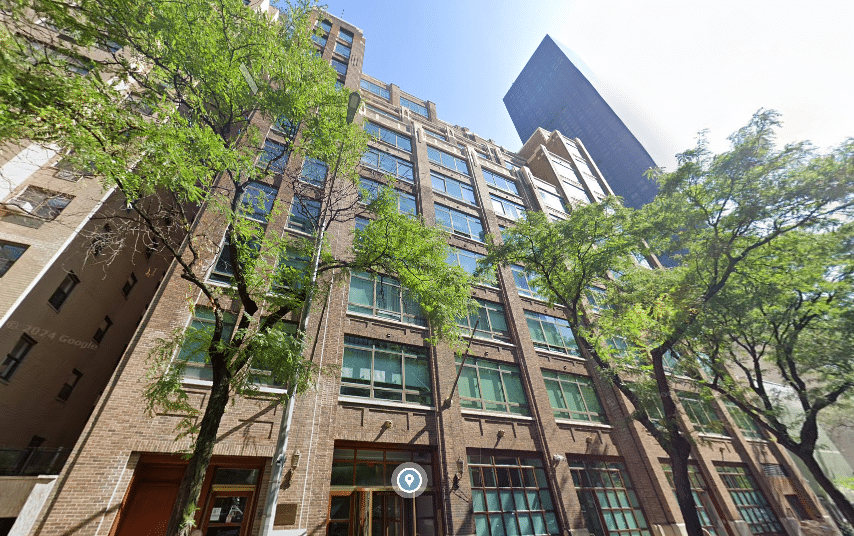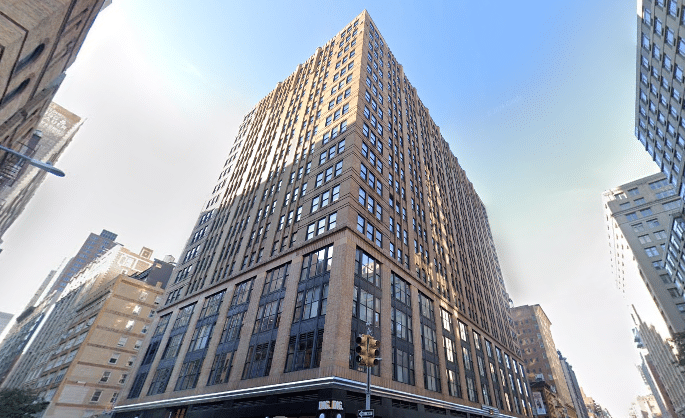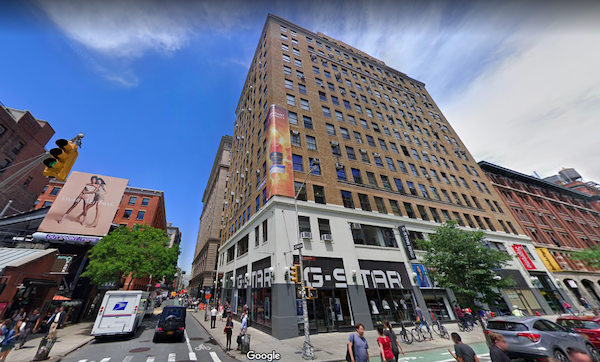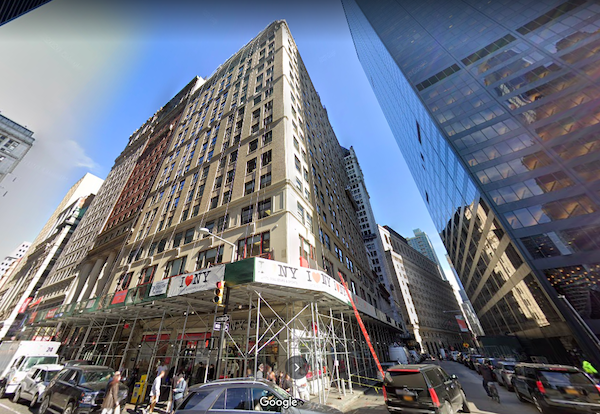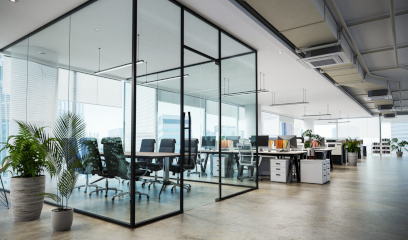2021 has been another challenging year for New Yorkers and everyone else in the world, for that matter. There is some anxiety about what’s in store for 2022, and it’s difficult to provide clarity regarding prospects for the new year. Border restrictions have tightened thanks to fears of the Omicron virus variant. And many New York City businesses, especially those that are tourism-related, are rightfully worried.
New York City Commercial Real Estate Outlook for 2022
So what can we expect in 2022, realistically? One of the perks of working in commercial real estate is that I get to interact with business owners and professionals in all walks of life, both local and international, who share their thoughts on where the world is headed. The local commercial real estate sector is a proxy for the economic health of New York City. What my friends in the industry and I see correlates with the city’s overall health. In this article, I will try to summarize a few of the trends I’ve observed.
First, it’s important to counter some of the fear-mongering from mainstream media. It’s important to note that many industries have done very well. 2021 has shown us that businesses are more than capable of recalibrating and that many sectors can prosper despite people’s fears.
The national housing market has seen its most significant gains in history, rising by 18.5% year over year. This is excellent news for homeowners and not-so-great news for new home buyers. However, builders, tradespeople, or brokers have had an extremely profitable 2021. Some would say that we are approaching real estate bubble territory. While residential real estate prices might cool off, many experts predict price increases for at least another year. In New York City, apartment rental prices and occupancy rates have bounced back. After an initial 2020 pandemic drop, cooperative and condominium prices have climbed back in 2021 though still trailing the national market.
Medical and Biotechnology Sectors Leasing Commercial Space
Moving on from real estate, the medical and biotechnology industry is another example of a market that has benefited tremendously from the pandemic. Many medical startups have done very well for themselves. They have had countless new opportunities – whether it’s improving senior care, manufacturing wearable technology and home diagnostics tools, performing rapid testing, creating new apps and communication systems, and many other related services.
The silver lining to the pandemic is that it has given the United States and other countries new opportunities within the health care and medical space. The knowledge and experience gained from all of these products and services will result in further medical innovations in the future, which will benefit everyone.
On that note, landlords have been leasing more commercial space to non-traditional tenants, such as life sciences and the broader healthcare industry. Incidentally, one of the tenants I’ve represented this year was Microbe TV which publishes content exploring virology. Their YouTube Channel has over 100,000 subscribers. The channel has experienced explosive growth since the start of the pandemic. Microbe TV is owned and operated by prominent academics and physicians affiliated with Columbia University.
Another example of a life science tenant is Phylogan, a Covid testing lab that opened an environmental testing facility at 65 Broadway this Autumn. The firm provides environmental testing for white glove class A buildings in the World Trade Center complex. My firm represented Phylagen and is currently representing other life, science tenants.
Online Shopping’s Continued Impact on Commercial Retail Real Estate
Now, let’s talk about other industries. Online shopping giants such as Amazon have seen record increases in their business, with Amazon’s stock nearly doubling since the pandemic’s beginning. Between January and October of 2020, Amazon added almost half a million new employees, and the trend has only continued. There has been no drop in demand for online shopping, and this appears to be a permanent shift in people’s shopping habits.
Companies that have traditionally sold their goods in person now have to compete online, including various luxury retailers. This is good news for internet commerce companies like Shopify that provide online storefront systems. Shopify, based in Canada, has seen its stock price quadrupled since the pandemic.
Restaurants See Revenue Climb Thanks to Delivery, Online Orders & Outdoor Dining
Another sector that has benefitted from a complete transition to online ordering includes restaurant and dining establishments that we all enjoy. While many fast-food restaurants offered delivery options before the pandemic, quite a few upscale and specialty restaurants did not have that ability. After all, people did not typically associate fine dining with take-out and delivery. The pandemic has altered that norm, forcing all restaurants to adopt delivery options independently or through online services such as Uber Eats and Grubhub.
As a result, restaurants that used to rely on a smaller number of physical customers will see their income increase with many new orders coming in online, in addition to renewed visits in-person. Today, nearly every type of restaurant is expected to handle take-out and delivery in one way or another.
There are countless other industries that are thriving thanks to the forced social restrictions that we’ve all had to endure. They include communications platforms such as Zoom, which has been critical for corporate as well as education sectors, online entertainment platforms like Netflix that added nearly 16 million subscribers in the first quarter of 2020, game companies – especially those that manufacture family-friendly board games, fitness equipment manufacturers, telehealth services, tutoring providers and even cleaning companies that sanitize commercial environments. The list goes on. Additionally, the commercial real estate industry has seen significant interest and growth, with many resources available to help individuals start or advance their careers in this field. For more information on educational opportunities in commercial real estate, you can check out our detailed article.
Continued Growth in the Coworking & Flex Space Arena
Now, let’s discuss the commercial real estate industry in more detail. Coworking companies like WeWork and IWG who offer flexible office space took a hit at the pandemic’s start. They’ve since stabilized as corporate demand for flex space started to grow. This could end up saving the coworking sector in the long run. Many companies have increased their share of flex space while downsizing their offices as their employees worked remotely.
Not to be outdone by coworking companies, many landlords in New York City have started to convert portions of their vacancies to flex space to meet demands for shorter-term leases and flexible occupancy arrangements. This trend is very likely to continue in 2022.
Some landlords with an inventory of large office space have partitioned these units into smaller units to make them marketable to smaller tenants. To make office spaces more attractive, larger landlords of Class A buildings have upgraded and added amenities to their buildings to attract tenants and office workers back. Examples include better food options, gyms, shared conference rooms, and bike storage. Other building work may consist of upgrades to elevators, lobbies, mechanical systems, improved security, windows, bathrooms, and common corridors.
Before the pandemic, office space vacancies in the US hovered at around 9%. This figure climbed to 17.2% in Q2 of this year. It then dropped to 12.4% in Q3, the first decrease in vacancies since the pandemic. Remote working is likely to follow this trend, with many employees returning to their offices at some point in 2022, while a select portion will keep working remotely. The exact mix will depend on what that company does and the importance of in-person collaboration to their overall success.
Uncertain Outlook for New York City Commercial Real Estate
Now, when it comes to New York City specifically, things are still up in the air. According to Savills Research, demand for Manhattan office space in Q3 of this year has started to increase, and occupancy has increased compared to earlier in the year. But, availability is still sitting high at around 18%. It’s projected that supply-demand equilibrium will not be reached for several more quarters, given the amount of space currently available. Rent prices have primarily stayed the same since Q1, with only a small decrease. As I’ve mentioned in many of my previous videos, there is substantial value to be gained when negotiating longer-term leases. This value can come in the form of free rent, buildout allowance, and other tenant concessions.
In terms of signed leases, companies that have acquired the most space in Q3 have been primarily legal and financial services firms. I’ve talked about some of these transactions in one of my Deals of the Week videos. They include prominent companies such as Interpublic Group, Fried Frank, Credit Agricole, BDO USA, DailyPay, Lowenstein Sandler, New York University, Wells Fargo, and others.
Now, not all landlords will end up waiting for tenants to return. Next year, we will likely see some commercial office buildings sold for residential housing redevelopment. These buildings will typically have smaller floor plates that will work well for conversion to apartments. They will also typically be located on side streets. This will remove excess supply and cause rent prices to climb back up eventually.
Greater Contrast Between “Have” and “Have Not Landlords” in 2022
There will be a more visible difference between “have” and “have not” landlords. Owners of side street Class C buildings that are heavily mortgaged and undercapitalized may have trouble repaying their loans. Some may default. This will be evident in the level of service to existing tenants and the maintenance of these buildings. Lending institutions may even seize some of these properties. On the other hand, well-capitalized “have” landlords like SL Green and Vornado will not be affected.
Generally, tenants will continue to be in the driver’s seat in 2022. But the deals will not be as sweet as they were in late 2020 and early 2021. The commercial real estate market will stabilize, and commercial rents will remain at current levels for a while longer.
There is no precedent in modern history for the economic effects of a pandemic on a data-driven service economy. Businesses have had to find ways to adapt. We see this across all industries, including the commercial real estate industry. The pandemic has taught us that companies can adapt to the most challenging and unexpected conditions short of an apocalypse.







